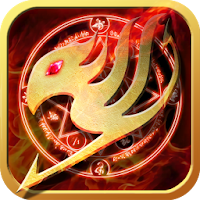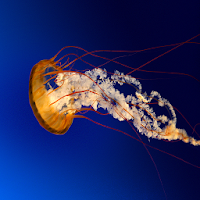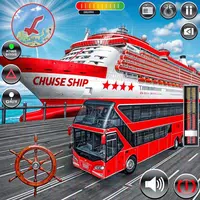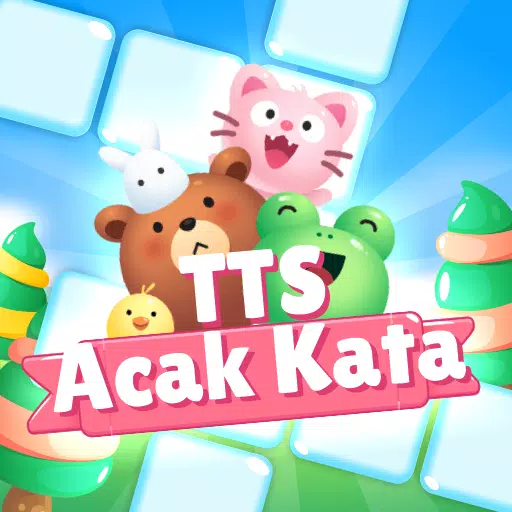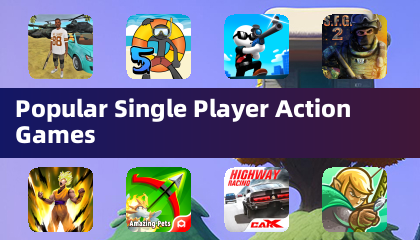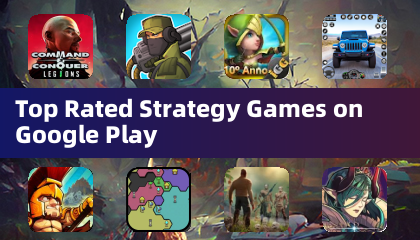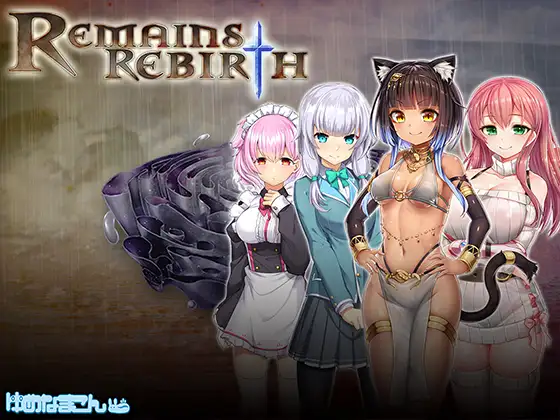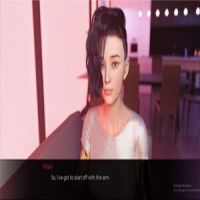From dry deserts to bustling forests, blazing volcanoes to even frozen tundra, the Monster Hunter series showcases a diverse range of environments, each boasting its own unique ecosystem crafted by a variety of monsters. The thrill of exploring an unknown world and traversing its landscapes while hunting is a hallmark of the Monster Hunter experience.
This excitement continues with Monster Hunter Wilds, the latest installment in the franchise. After exploring the Windward Plains and Scarlet Forest, hunters will venture into the challenging Oilwell Basin, a region engulfed in flames and oilsilt. Here, they'll navigate through viscous oil and molten magma, which might appear desolate at first glance. However, amidst this harsh terrain, one can spot the slow movements of small creatures thriving in the mire. Scattered throughout the Oilwell Basin are remnants of what appears to be an ancient civilization.
Yuya Tokuda, director of both Monster Hunter: World and Monster Hunter Wilds, provides insight into the Oilwell Basin:
"During the Fallow, the Oilwell Basin is filled with mud and oil. When the Inclemency known as the Firespring arrives, it burns away the oilsilt. During the Plenty, the burned oil and soot dissipate, revealing the minerals, microorganisms, and the original colors of the manmade artifacts hidden beneath," he explains.
Down in the Muck
What concept guided the development team in creating the Oilwell Basin? Kaname Fujioka, director of the original Monster Hunter and executive director and art director for Wilds, shares his vision:
"We had expansive horizontal locales in the Windward Plains and Scarlet Forest, so we opted for a vertically connected environment with the Oilwell Basin," he says. "The area changes subtly as you move between the top, middle, and bottom strata. Sunlight reaches the top where oil pools like mud, and as you descend, the heat intensifies with lava and other substances."
Tokuda adds, "From the middle to bottom strata, you'll encounter creatures reminiscent of aquatic life, evoking the deep seas or underwater volcanoes. In World, we explored the Coral Highlands' ecosystem by imagining aquatic creatures on land, and we've applied that knowledge to create the Oilwell Basin's unique creatures and ecosystem."
Fujioka emphasizes the dynamic nature of the Oilwell Basin:
"During the Fallow and Inclemency, smoke permeates the area, resembling a volcano or hot spring. But during the Plenty, it transforms into a clear, marine-like environment. A closer look at the environmental biology reveals a region teeming with creatures akin to those found on the ocean floor."
The Oilwell Basin's ecosystem sets it apart from other locales. Beneath the oilsilt, it's not just lifeless; it's home to shrimp, crabs, and small monsters that provide raw meat. Large monsters feed on these smaller ones, which filter out and consume microorganisms from the environment and oilsilt. These microorganisms derive energy from the earth's heat. If the Windward Plains and Scarlet Forest thrive on sunlight and vegetation, the Oilwell Basin is a realm where geothermal energy sustains life.
The large monsters in the Oilwell Basin are distinct from those in other areas. One such creature is Rompopolo, a globular, noxious monster with a mouth full of thin needles. Fujioka elaborates on its design:
"We envisioned Rompopolo as a tricky monster that thrives in swamps, using its stored toxic gas to create chaos for players. The concept of a mad scientist inspired its tricky nature, reflected in its chemical purple color and glowing red eyes. Yet, the equipment crafted from Rompopolo is surprisingly cute, as is its Palico gear."
Tokuda describes the Rompopolo Palico equipment as "amusing," a sentiment I shared after trying it out myself. I encourage you to craft it and experience its charm firsthand.
Flames of Ajarakan
Another newcomer to the Oilwell Basin is Ajarakan, a fiery gorilla-like monster with a slimmer silhouette than the Scarlet Forest's Congalala. In a video showcasing their territorial battles, Ajarakan is seen grappling Rompopolo in a bear hug, employing martial arts-inspired movements and using its fists in a unique manner.
"Typically, fanged beasts have low hips, placing their heads at eye level with the hunter, which can make them seem less threatening," Tokuda explains. "We wanted to give Ajarakan a more imposing, top-heavy silhouette. We incorporated flame elements suitable for the Oilwell Basin and grabbing attacks reminiscent of a wrestler to emphasize its physical strength. It's a monster that combines power, physical attacks, and flames, such as its melting and tossing attack."
Fujioka adds, "With so many unique monsters, we thought it was time to introduce one with straightforward strengths. Ajarakan's straightforward attacks, like punching or slamming its fists to create flames, make it a monster whose power is clear and direct."
Ajarakan holds a high position in the Oilwell Basin's ecosystem. Its flashy appearance, with flames and magma accompanying each attack, underscores the area's hierarchy. Fujioka reflects on its development:
"Initially, Ajarakan was just a physically powerful monster. We worked with our artists and designers to give it more personality, drawing inspiration from the Buddhist deity Acala. We wanted to convey the monster's internal heat and power, capable of melting anything in its path. Its ability to grab hunters or hug Rompopolo makes players wary of getting too close to such a hot creature. We aimed to make it intimidating by emphasizing its ability to melt everything around it."
While Rompopolo is tricky, Ajarakan's design focuses on raw power. To avoid repetitive movements, the team continually enhanced its actions, adding more dynamic techniques like jumping and rolling.
A Monster Generations in the Making
Dominating the Oilwell Basin as its apex predator is Nu Udra, also known as the "Black Flame." With its slimy, oil-secreting body, Nu Udra stretches and wriggles throughout the region. Like Rey Dau in the Windward Plains, which controls lightning, and Uth Duna in the Scarlet Forest, enveloped in water, Nu Udra is cloaked in flames. Fujioka confirms that octopuses inspired its design:
"Yes, octopuses were our inspiration. We wanted its silhouette to be striking, with demonic horns, yet designed in a way that makes its face hard to discern."
Tokuda mentions that even the music during Nu Udra battles reflects demonic imagery:
"We asked our composers to include phrases and instruments reminiscent of black magic, resulting in a unique piece of music."
Nu Udra's tentacle movements echo those of monsters like Lagiacrus from Monster Hunter Tri. Both Tokuda and Fujioka have long harbored the desire to create a tentacled monster:
"In Tri, I proposed an octopus-shaped monster for underwater combat, emphasizing its distinctive movements. Though technical challenges prevented its realization then, I've held onto that idea ever since," Tokuda recalls.
Fujioka acknowledges the influence of past tentacled monsters like Yama Tsukami and Nakarkos:
"We're always interested in showcasing monsters with unique movements at impactful moments. While too many unique monsters can become tiresome, introducing one at the right time leaves a strong impression. That's why we had Yama Tsukami appear in Monster Hunter 2 (Dos), floating over the mountains in a deep forest. It evokes a sense of adventure, like encountering a cryptid."
Tokuda nostalgically adds, "I'm the one who placed Yama Tsukami there. Although we couldn't replicate its actions with the technology available at the time, we wanted it to leave a lasting impression."
The development team's dedication to creating monsters is evident throughout the process. Even if current technology can't support their vision, they accumulate ideas for future titles. Nu Udra's realization, with its tentacle-based gameplay, represents a significant achievement for Tokuda and Fujioka.
"While Yama Tsukami and Nakarkos were stationary, using their tentacles to attack, Nu Udra leverages its cephalopod traits to move freely. This gameplay aspect is something we're trying for the first time here," Fujioka explains.
Tokuda adds, "When we saw the technical tests, we decided to make it the apex predator of the Oilwell Basin. It has such a powerful impact."
Fujioka reflects on the challenges of designing tentacled monsters:
"Controlling such a monster with respect to terrain and targets presents technical challenges. However, the tests during Wilds' development went well, making us confident in bringing Nu Udra to life."
Attention to detail in Nu Udra's animations extends beyond hunting. When damaged, it wraps around ancient pipes, wriggling through small holes in the terrain. These movements challenged Fujioka's art team:
"We focused a lot on depicting flexible bodies with Nu Udra. At the start of development, we set ambitious goals, challenging our artists. The final result is stunning when we achieve these goals."
The team uses new technologies to realize the ideal expressions they've developed over time. Even if unsure of success, they strive to push boundaries. Their passion is palpable as they discuss their work.
"When we first implemented the movement of Nu Udra going into a hole, an animator asked me to wait and see it. I was amazed, and the animator looked so satisfied," Tokuda recalls.
Fujioka adds, "The way Nu Udra squirms around pipes is beautifully crafted. It's a testament to our staff's efforts, something only games can achieve in real-time."
Fujioka's pride in the team's work and the detailed design of Wilds' monsters is clear.
When facing Nu Udra, its flexible body makes finding openings difficult. A close approach risks a powerful counterattack from its head. Successfully breaking a tentacle leads to its severed tip thrashing on the ground. Can all its tentacles be destroyed?
"You can sever many tentacles," Tokuda explains. "While it depends on how you count them, all parts that touch the ground can be cut off. The tentacles move after being severed but eventually rot. Carving a rotten part yields poor materials. This also applies to other monsters' breakable parts, like tails."
"Nu Udra uses its tentacles to launch various attacks, combining focused and area-of-effect attacks with its head and flames. We aimed to create a massive monster that feels like it's launching a barrage of attacks. With multiple tentacles, it might be hard to discern its target in multiplayer. That's why we added sensory organs at the tentacle tips that emit light to indicate its attack intentions."
Nu Udra's sensory organs, which emit light, are located where a human's palm would be. Since it doesn't rely on vision, Flash Bombs don't affect it.
Facing Nu Udra presents a significant challenge. Tokuda offers advice for hunters:
"Its body is fairly soft with many breakable parts. Hunters should strategize where to attack. Severing a tentacle reduces its area-of-effect attacks, making movement easier. It's a monster well-suited for multiplayer, as its targets are split. Using SOS flares and Support Hunters can enhance the experience."
Fujioka elaborates, "As we designed this monster, we envisioned it as one that can be tackled like an action game, where destroying its parts brings you closer to victory. Gravios is another example where breaking its tough armor reveals a way to defeat it. This approach aligns perfectly with Monster Hunter's overall gameplay."
A Welcome Reunion
Fujioka mentions Gravios, a monster returning to the series since Monster Hunter Generations Ultimate. Its rocky carapace and hot gas emissions make it an ideal fit for the Oilwell Basin.
Tokuda explains the decision to bring Gravios back:
"When considering monsters that fit the Oilwell Basin's environment and game progression without overlapping with other monsters, we thought Gravios could offer a fresh challenge."
The returning Gravios boasts an even harder body than before. Its imposing presence in the Oilwell Basin is undeniable. Breaking through its rocky carapace allows for red wounds and Focus Strikes.
"When adapting Gravios for this game, we wanted to maintain its defining hardness," Tokuda says. "From a game design perspective, we aimed for it to appear after significant progress, challenging hunters to find ways to defeat its hard body using the wound system and part breaking."
All Monsters in Monster Hunter Wilds
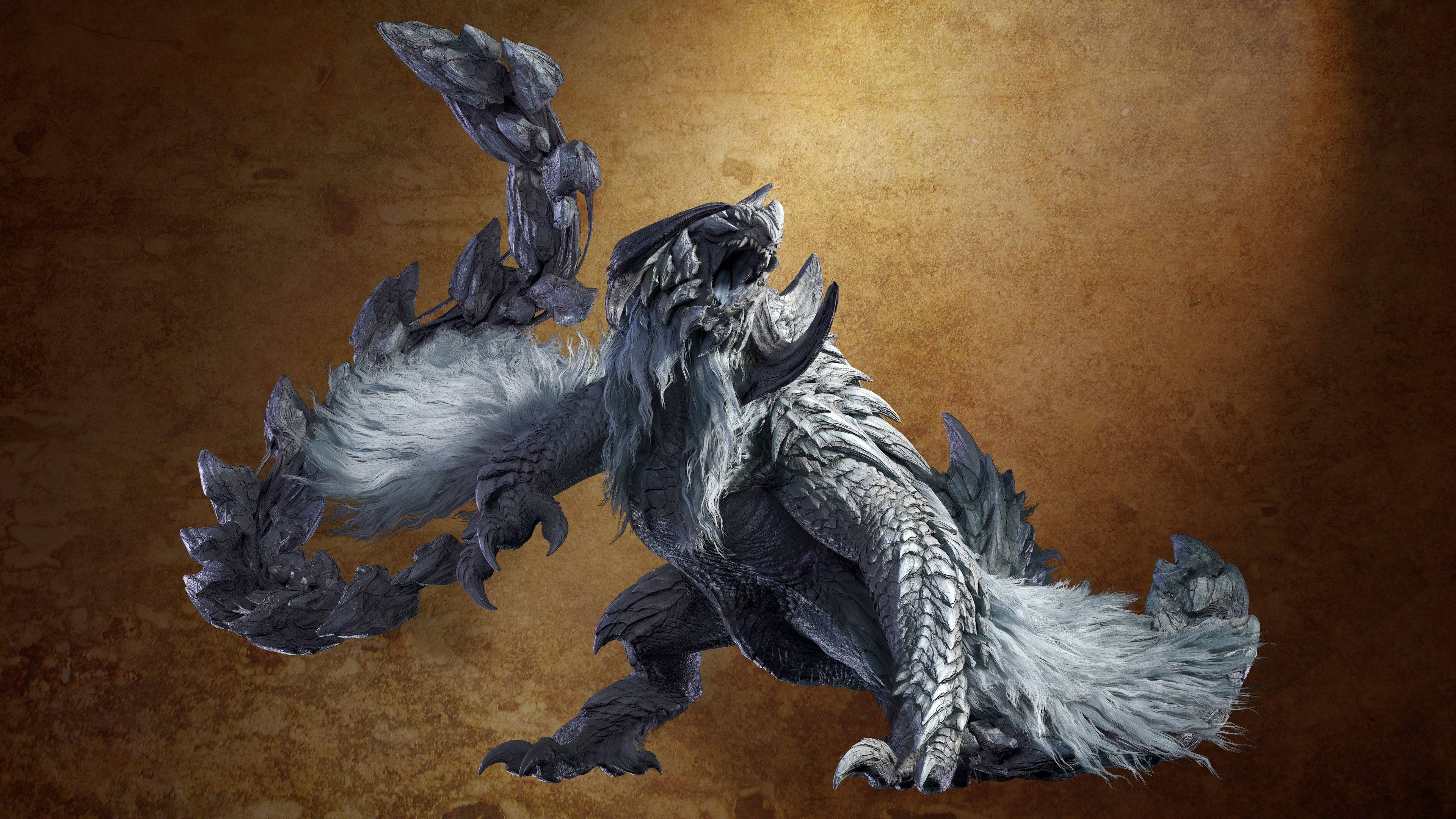
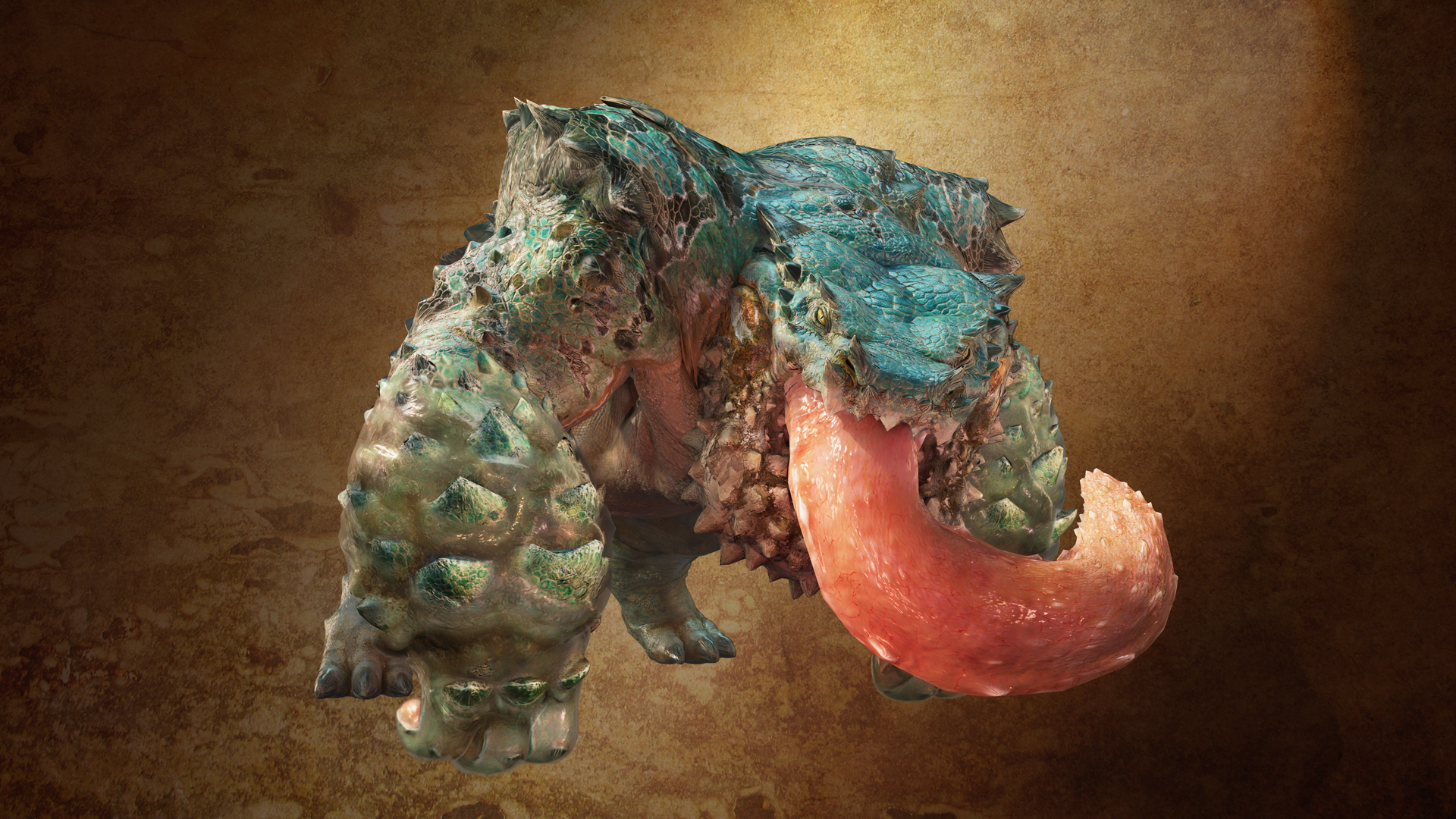 17 Images
17 Images
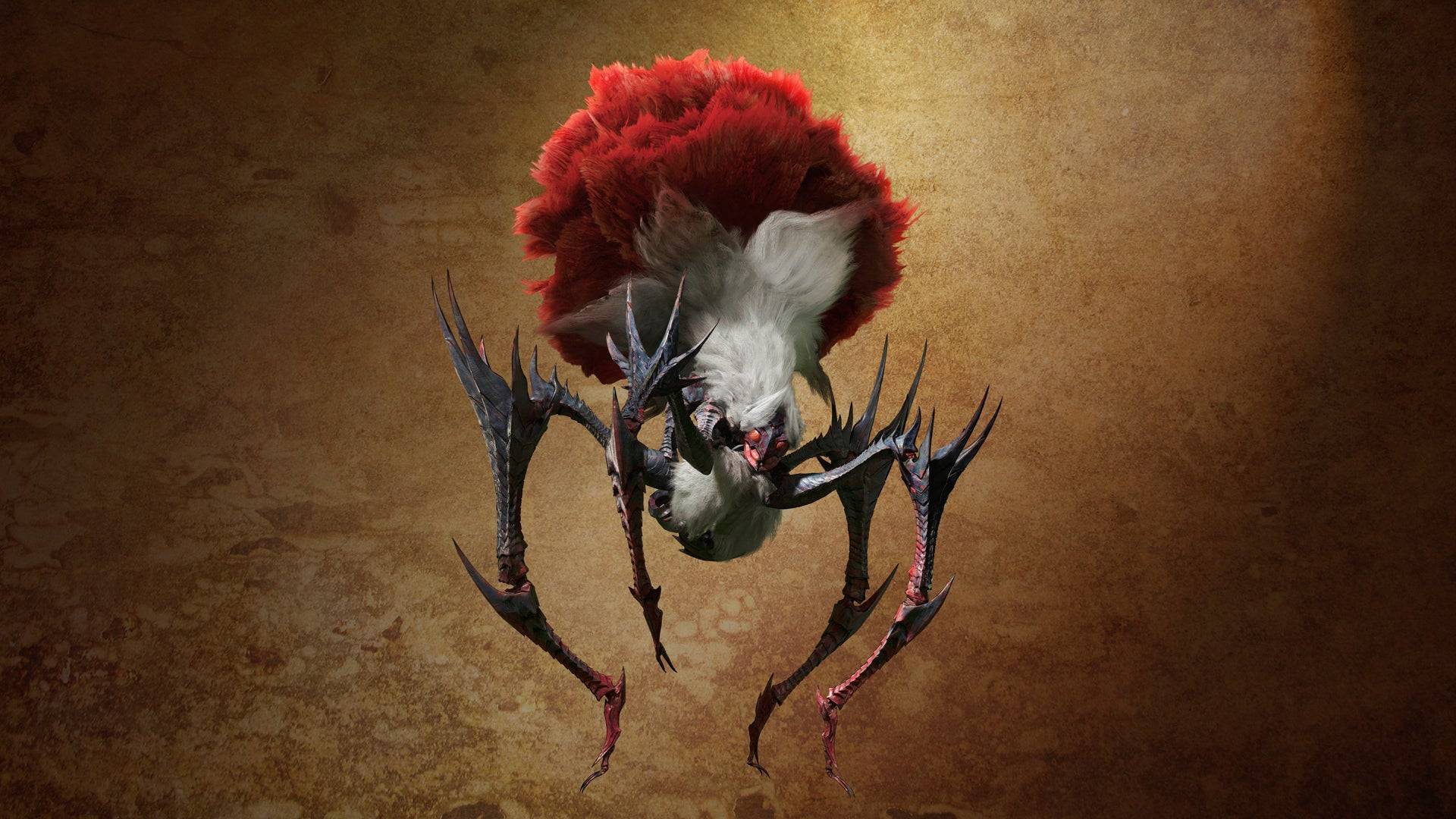
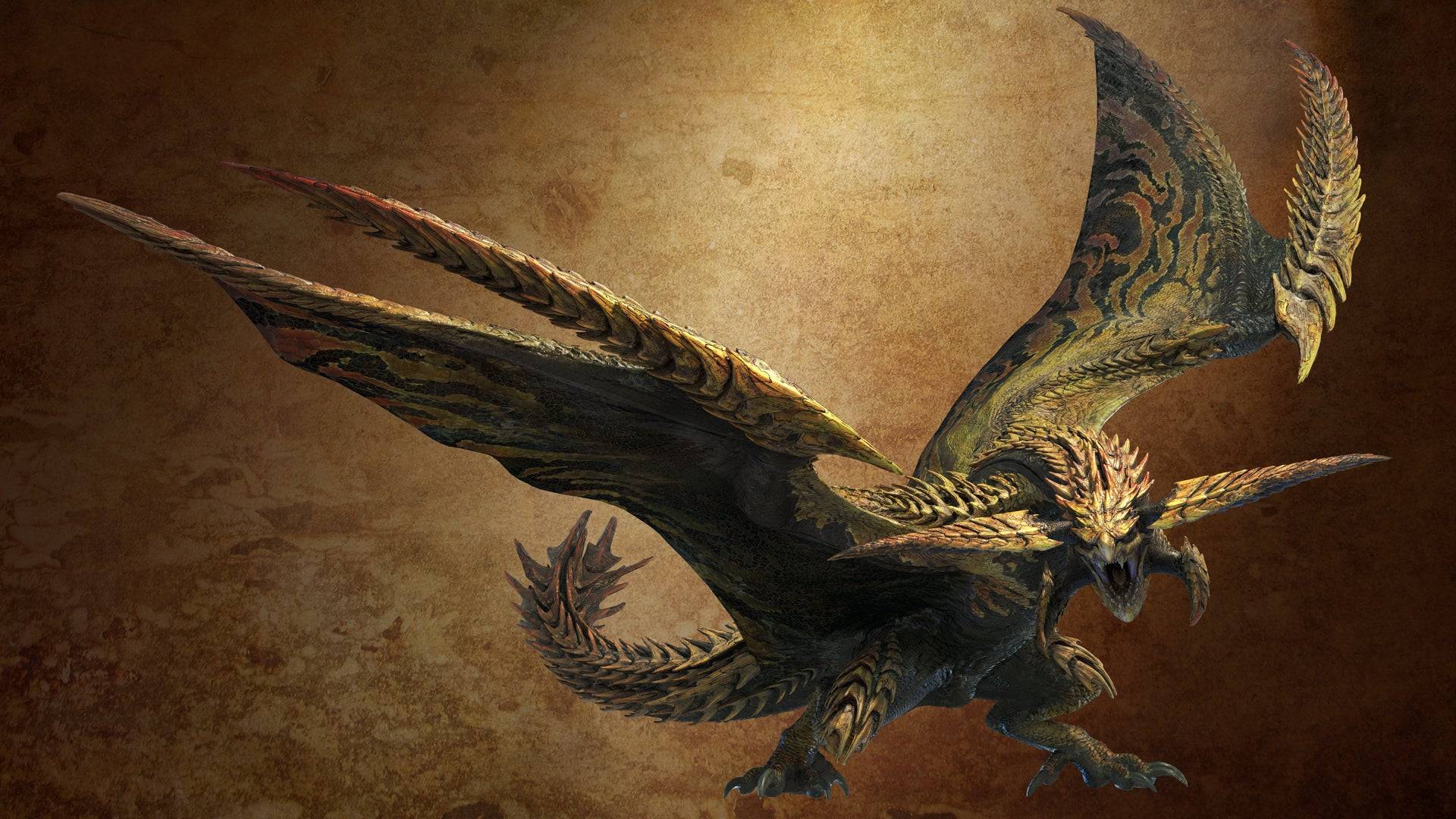
 While Gravios returns, its juvenile form, Basarios, will not appear in this game. Fujioka confirms, "Sorry, but Basarios will be taking this one off." The team carefully considers monster reappearances, ensuring they add value to the game. Though disappointing, many other monsters will inhabit the Oilwell Basin, and I eagerly anticipate hunting there, Cool Drink in hand.
While Gravios returns, its juvenile form, Basarios, will not appear in this game. Fujioka confirms, "Sorry, but Basarios will be taking this one off." The team carefully considers monster reappearances, ensuring they add value to the game. Though disappointing, many other monsters will inhabit the Oilwell Basin, and I eagerly anticipate hunting there, Cool Drink in hand.

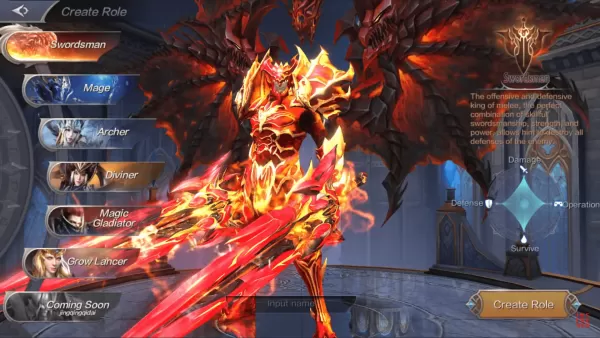
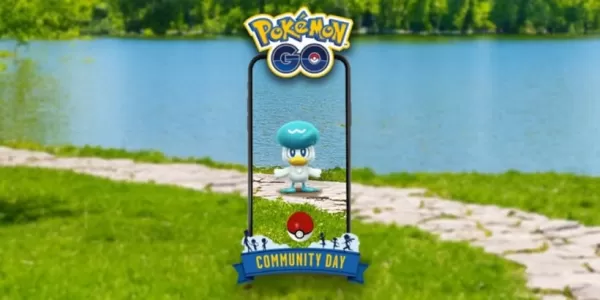
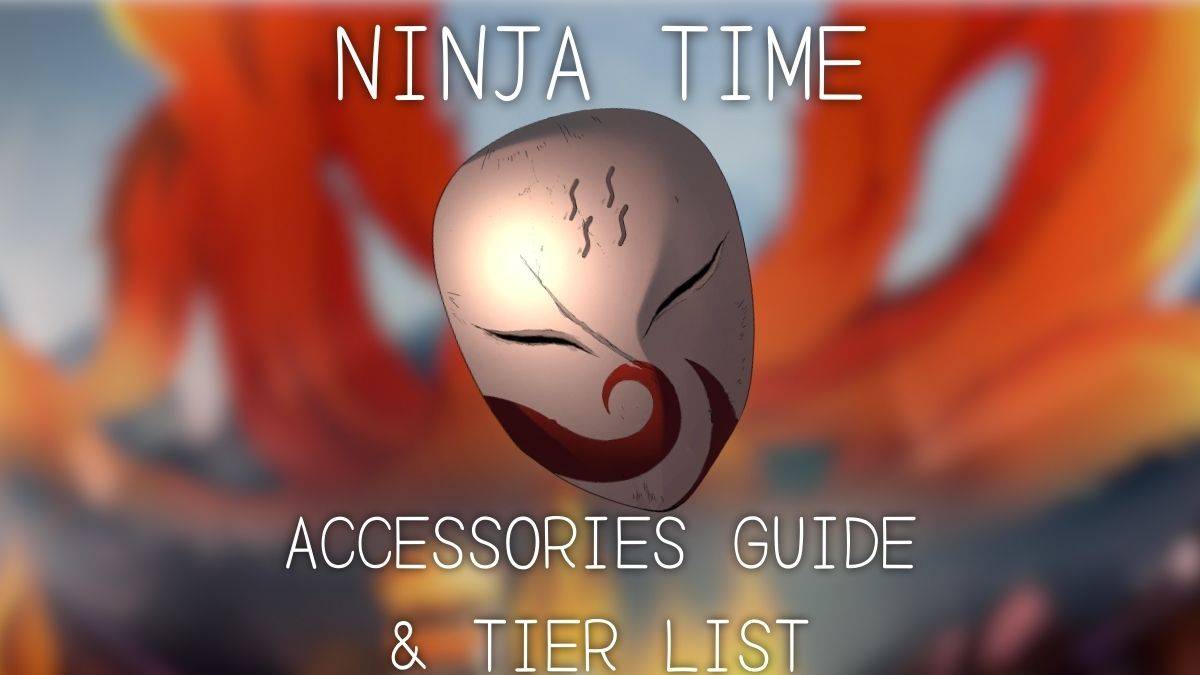

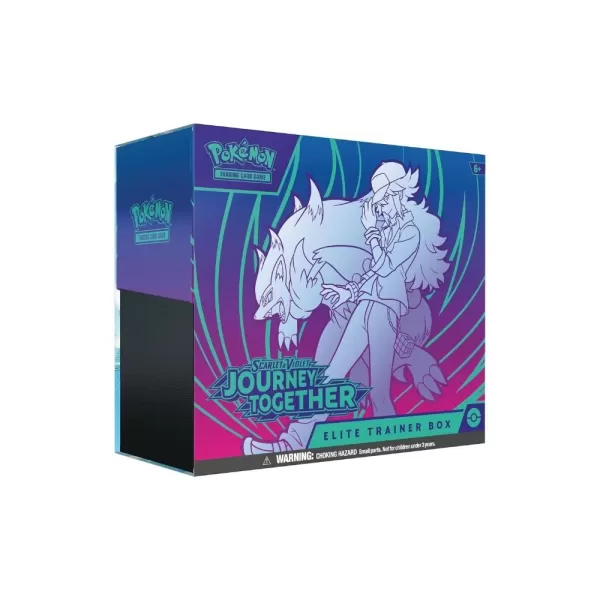
![[18+] Starlewd Valley:Re!](https://imgs.dgmma.com/uploads/37/173149215167347937c925c.jpg)

